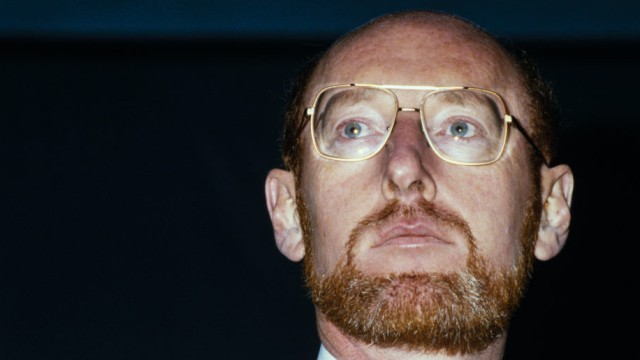
Clive Sinclair
1940  Richmond (London) [United Kingdom]
† 2021
Richmond (London) [United Kingdom]
† 2021
The inventor who set out to bring microcomputer technology to everyone, father of the hugely popular ZX Spectrum, the first computer on the market that families could afford.
The son and grandson of engineers, in 1961 he founded Sinclair Radionics Ltd. and launched the Microvision, a portable television, as its flagship product. In 1967, he created the first pocket-sized electronic calculator. The company was renamed Sinclair Instrument Ltd. in August 1975 and Science of Cambridge in July 1977. In June 1978, he launched the MK14 kit, based on the National SC/MP chip. From 1978, he participated in the development of the Grundy NewBrain computer, which he eventually discontinued.
In 1980, the ZX80 was launched, dubbed "the world's smallest and cheapest computer." This computer had 1 KB of RAM and a BASIC operating system stored in a 4 KB ROM. The display system, in black and white and without graphics capabilities, offered 32 columns by 24 rows. It featured a touch-sensitive keyboard and television and cassette tape connections, and was based on a 1 MHz Z80 processor.
In 1981, the ZX81 was launched, an improved version of the ZX80. The main change was the replacement of the standard 12 chips for keyboard input and video generation of the ZX80 with a single, purpose-built chip (Uncommitted Logic Array or ULA), created by Ferranti at the request of Sinclair. This change significantly reduced the cost of the device and increased its reliability. Other important changes included the floating-point BASIC system (stored in an 8 KB ROM).
The ZX Spectrum followed in 1982, which enjoyed unprecedented commercial success.